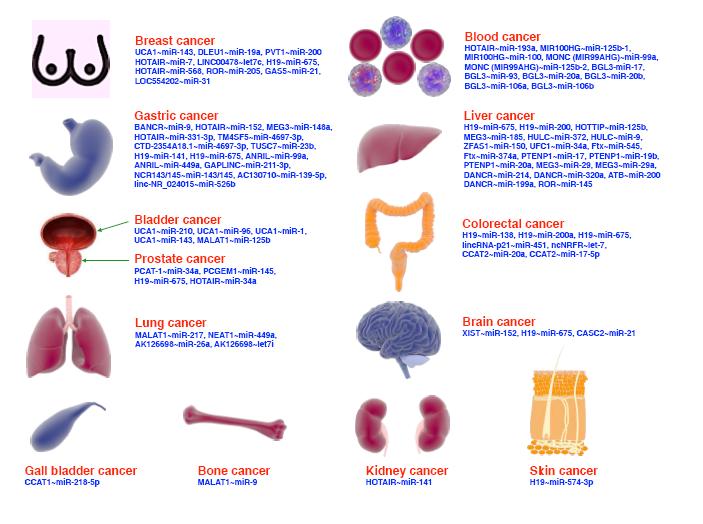Objective To investigate the effect of different treatment methods on the vertebral stability of osteoporotic vertebral compression fracture (OVCF) by finite element analysis. Methods Ten patients with thoracolumbar OVCF admitted between January 2020 and June 2021 were selected, 5 of whom underwent operation (operation group), 5 underwent conservative treatment (conservative treatment group). Another 5 healthy volunteers were selected as the control group. There was no significant difference in gender and age between groups (P>0.05). The operation group and the conservative treatment group received CT examination of the fractured vertebral body and adjacent segments before and after treatments, while the control group received CT examination of T12-L2. By importing CT data into Mimics 10.01 software, the finite element model was constructed. After comparing the finite element model of control group with the previous relevant literature measurement results to verify the validity, the spinal structural stress and range of motion (ROM) in each group under different conditions were measured. Results The three-dimensional finite element model was verified to be valid. There were significant differences in spinal structural stress after treatment between groups under different conditions (P<0.05). Before treatment, the ROMs of operation group and conservative treatment group under difference conditions were significantly lower than those of control group (P<0.05), and there was no difference between conservative treatment group and operation group (P>0.05). After treatment, the ROMs of the control group and the operation group were significantly higher than those of the conservative treatment group (P<0.05), and there was no significant difference between the operation group and the control group (P>0.05). Conclusion For patients with OVCF, the minimally invasive operation can achieve better results. Compared with conservative treatment, it can reduce the effect on spinal stability, and can be as a preferred treatment method, which is helpful to improve the prognosis of patients.
Citation:
CHENG Ming, PENG Shiyu, JIANG Jiao, DENG Li, YANG Xue, ZHAO Guanlan. Finite element analysis of effect of different treatment methods on vertebral stability of osteoporotic vertebral compression fractures. Chinese Journal of Reparative and Reconstructive Surgery, 2022, 36(12): 1519-1523. doi: 10.7507/1002-1892.202208015
Copy
Copyright © the editorial department of Chinese Journal of Reparative and Reconstructive Surgery of West China Medical Publisher. All rights reserved
| 1. |
Mills ES, Hah RJ, Fresquez Z, et al. Secondary fracture rate after vertebral osteoporotic compression fracture is decreased by anti-osteoporotic medication but not increased by cement augmentation. J Bone Joint Surg (Am), 2022. doi: 10.2106/JBJS.22.00469.
|
| 2. |
Fan N, Wang T, Wang A, et al. A predictive nomogram for intradiscal cement leakage in percutaneous kyphoplasty for osteoporotic vertebral compression fractures combined with intravertebral cleft. Front Surg, 2022, 9: 1005220. doi: 10.3389/fsurg.2022.1005220.
|
| 3. |
Huang W, Cai XH, Li YR, et al. The association between paraspinal muscle degeneration and osteoporotic vertebral compression fracture severity in postmenopausal women. J Back Musculoskelet Rehabil, 2022. doi: 10.3233/BMR-220059.
|
| 4. |
Deng L, Lv N, Hu X, et al. Comparison of efficacy of percutane vertebroplasty versus percutaneous kyphoplasty in the treatment of osteoporotic vertebral asymmetric compression fracture. World Neurosurg, 2022. doi: 10.1016/j.wneu.2022.09.017.
|
| 5. |
Dai H, Liu Y, Han Q, et al. Biomechanical comparison between unilateral and bilateral percutaneous vertebroplasty for osteoporotic vertebral compression fractures: A finite element analysis. Front Bioeng Biotechnol, 2022, 10: 978917. doi: 10.3389/fbioe.2022.978917.
|
| 6. |
邵晨, 乔少林, 袁伶俐, 等. 运用Mimics软件术前规划精准穿刺方案结合经皮椎体成形术治疗老年骨质疏松性胸腰椎压缩骨折的疗效分析. 中国骨与关节损伤杂志, 2022, 37(5): 503-506.
|
| 7. |
刘晨, 胡铖哲, 尹逊, 等. 骨质疏松性胸腰椎压缩骨折经皮椎体强化治疗后残余痛的危险因素. 中国组织工程研究, 2022, 26(18): 2900-2905.
|
| 8. |
常龙, 张晨, 张佳林, 等. 经皮球囊扩张椎体后凸成形术治疗老年骨质疏松性胸腰椎压缩骨折的疗效分析. 中国骨与关节损伤杂志, 2021, 36(3): 232-234.
|
| 9. |
刘畅, 李大同, 刘元, 等. 急性症状性骨质疏松性胸腰椎压缩骨折椎体强化手术后疗效欠佳: 与骨水泥、骨密度、邻近骨折的关系. 中国组织工程研究, 2021, 25(22): 3510-3516.
|
| 10. |
甘琨生, 王现海, 李晓斐, 等. PVP与PKP治疗骨质疏松性胸腰椎压缩骨折的疗效比较. 中国骨与关节损伤杂志, 2020, 35(3): 260-262.
|
- 1. Mills ES, Hah RJ, Fresquez Z, et al. Secondary fracture rate after vertebral osteoporotic compression fracture is decreased by anti-osteoporotic medication but not increased by cement augmentation. J Bone Joint Surg (Am), 2022. doi: 10.2106/JBJS.22.00469.
- 2. Fan N, Wang T, Wang A, et al. A predictive nomogram for intradiscal cement leakage in percutaneous kyphoplasty for osteoporotic vertebral compression fractures combined with intravertebral cleft. Front Surg, 2022, 9: 1005220. doi: 10.3389/fsurg.2022.1005220.
- 3. Huang W, Cai XH, Li YR, et al. The association between paraspinal muscle degeneration and osteoporotic vertebral compression fracture severity in postmenopausal women. J Back Musculoskelet Rehabil, 2022. doi: 10.3233/BMR-220059.
- 4. Deng L, Lv N, Hu X, et al. Comparison of efficacy of percutane vertebroplasty versus percutaneous kyphoplasty in the treatment of osteoporotic vertebral asymmetric compression fracture. World Neurosurg, 2022. doi: 10.1016/j.wneu.2022.09.017.
- 5. Dai H, Liu Y, Han Q, et al. Biomechanical comparison between unilateral and bilateral percutaneous vertebroplasty for osteoporotic vertebral compression fractures: A finite element analysis. Front Bioeng Biotechnol, 2022, 10: 978917. doi: 10.3389/fbioe.2022.978917.
- 6. 邵晨, 乔少林, 袁伶俐, 等. 运用Mimics软件术前规划精准穿刺方案结合经皮椎体成形术治疗老年骨质疏松性胸腰椎压缩骨折的疗效分析. 中国骨与关节损伤杂志, 2022, 37(5): 503-506.
- 7. 刘晨, 胡铖哲, 尹逊, 等. 骨质疏松性胸腰椎压缩骨折经皮椎体强化治疗后残余痛的危险因素. 中国组织工程研究, 2022, 26(18): 2900-2905.
- 8. 常龙, 张晨, 张佳林, 等. 经皮球囊扩张椎体后凸成形术治疗老年骨质疏松性胸腰椎压缩骨折的疗效分析. 中国骨与关节损伤杂志, 2021, 36(3): 232-234.
- 9. 刘畅, 李大同, 刘元, 等. 急性症状性骨质疏松性胸腰椎压缩骨折椎体强化手术后疗效欠佳: 与骨水泥、骨密度、邻近骨折的关系. 中国组织工程研究, 2021, 25(22): 3510-3516.
- 10. 甘琨生, 王现海, 李晓斐, 等. PVP与PKP治疗骨质疏松性胸腰椎压缩骨折的疗效比较. 中国骨与关节损伤杂志, 2020, 35(3): 260-262.




